My name is Nishant and I make SneakyArt. In my newsletter, I talk about my latest drawings, and share ideas from my journey of self-education to be an artist.
What is SneakyArt?
SneakyArt is secretly-drawn art of my world. I draw it with a fountain pen in my sketchbook. It features ordinary people in ordinary places, doing ordinary things on ordinary days. SneakyArt is based upon the idea that moments of art occur all the time in the flux of everyday life. They are sparked by the collision of different worlds - as we walk past one another, as we sit beside other people in cafes, as we travel together on a bus or plane, or even as we relax in the same park to enjoy the sun on a beautiful day.
How did it happen?
I became a full-time creative out of deliberate intent. It wasn’t meant to be this way. Until a few years ago, I couldn’t even draw. The trajectory of my life was taking me in the direction of becoming a scientific researcher and engineer. But there was a creative bug inside me. I would snatch bits of time from inside tight schedules. I would use those scraps of time to write stories and draw comics. As life became busier, and free time more scarce, I would have to find time. I became pretty good at finding time. I got pretty good at making time. It’s incredible how much time you can find if you go out to look for it.
This is true for art as well. It’s incredible how much art you find if you go out to look for it.
I began to draw from observation as a way to teach myself to draw properly. I used to draw a stick figure webcomic, and after a few years it became less fulfilling to draw that way. I needed to do more.
If you want to learn how to draw, here’s my #1 tip - Keep drawing. The key to learning most skills is to not stop doing them. The key to not stopping is to enjoy doing things. The key to joy lies in consciously thinking about what you love, and focusing on that. I love big cities, and I love how people live their lives around each other.
But why sneaky?
When I started to make ‘sneaky’ art, the main reason was that I was embarrassed by the idea of drawing in public places. Today that feeling is gone, but I still enjoy it for other reasons. Being sneaky in the pursuit of art challenges me to find new and interesting points of view in busy urban spaces. Sometimes it affects where I sit, and sometimes it affects who/what I choose to draw. In every case, it makes the experience fresh, unpredictable, and challenging. I explain this further in Newsletter #51.
Below are some things I find beautiful.
I love to see people interacting with history in museums.
I love to see how people behave around public art.
I love how people relax around forces infinitely larger than them.
I love watering holes that bring people together.
A Sense of Identity
It is a very individualistic decision to become an artist, especially if this wasn’t always your plan. You have to take bold decisions with conviction, and neglect the opinions of others.
But I am alive in quite a unique time in human history. None of us are restricted to our geography or to what our immediate culture dictates. We have access to other worlds, ideas, inspirations, and ways of living. This has made us deeply individualistic. It has made us existential. An existentialist is someone that is concerned with the purpose of their existence as an individual, outside of societal expectations, familial obligations, or institutional restrictions.
In his book ‘Identity’, Francis Fukuyama says -
Individuals throughout human history have found themselves at odds with their societies. But only in modern times has the view taken hold that the authentic inner self is intrinsically valuable, and the outer society systematically wrong and unfair in its valuation of the former. It is not the inner self that has to be made to conform to society’s rules, but society itself that needs to change.
He traces the origins of this idea, from the Reformation movement in Europe, and the call for liberty in the French Revolution, to our modern demands for socio-political equality. I talk about this book in Issue #46 of my newsletter.
This book gave me ideas that led me to ‘At the Existentialist Cafe’ by Sarah Bakewell. Here I was introduced to the early 20th century philosopher Edmund Husserl and the philosophy known as phenomenology.
About phenomenology, the author explains,
It is essentially a method rather than a set of theories, and its basic approach can be conveyed through a two-word command: DESCRIBE PHENOMENA.
The first word ‘describe’ requires the “stripping away of distractions, habits, cliches, presumptions and received ideas, in order to return our attention to what (Husserl) called ‘the things themselves’.” The second word ‘phenomena’ denotes objects or events as they present themselves to our experience. The idea that Husserl formulates, and his successors develop further, is that things acquire meaning only by our experience of them.
To read about this further, check out Issue #52 and #53 of my newsletter.
SneakyArt Podcast
I am interested in all the people who represent their environments through art, in all the different ways that they practice this art. On the SneakyArt Podcast, I speak with other artists from the burgeoning, global urban-sketching community.
In my last 5 conversations, I have spoken with an iPad artist in Hong Kong, a successful YouTuber in Singapore, a writer-artist in Arizona (USA), a storyboard artist in Paris, and a children’s book illustrator in Mumbai. Check out The SneakyArt Podcast using this link, or find it on your choice of podcast streaming service.
I have many exciting plans for the rest of this year, including a second book of SneakyArt. To follow the action, to catch up on SneakyArt, or to accompany me on my journey of self-education, consider subscribing to my newsletter.
Thank you for your time and attention. Have a good day!
Nishant
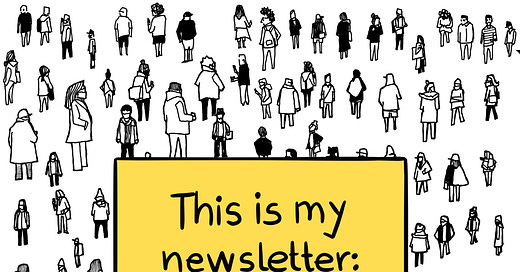



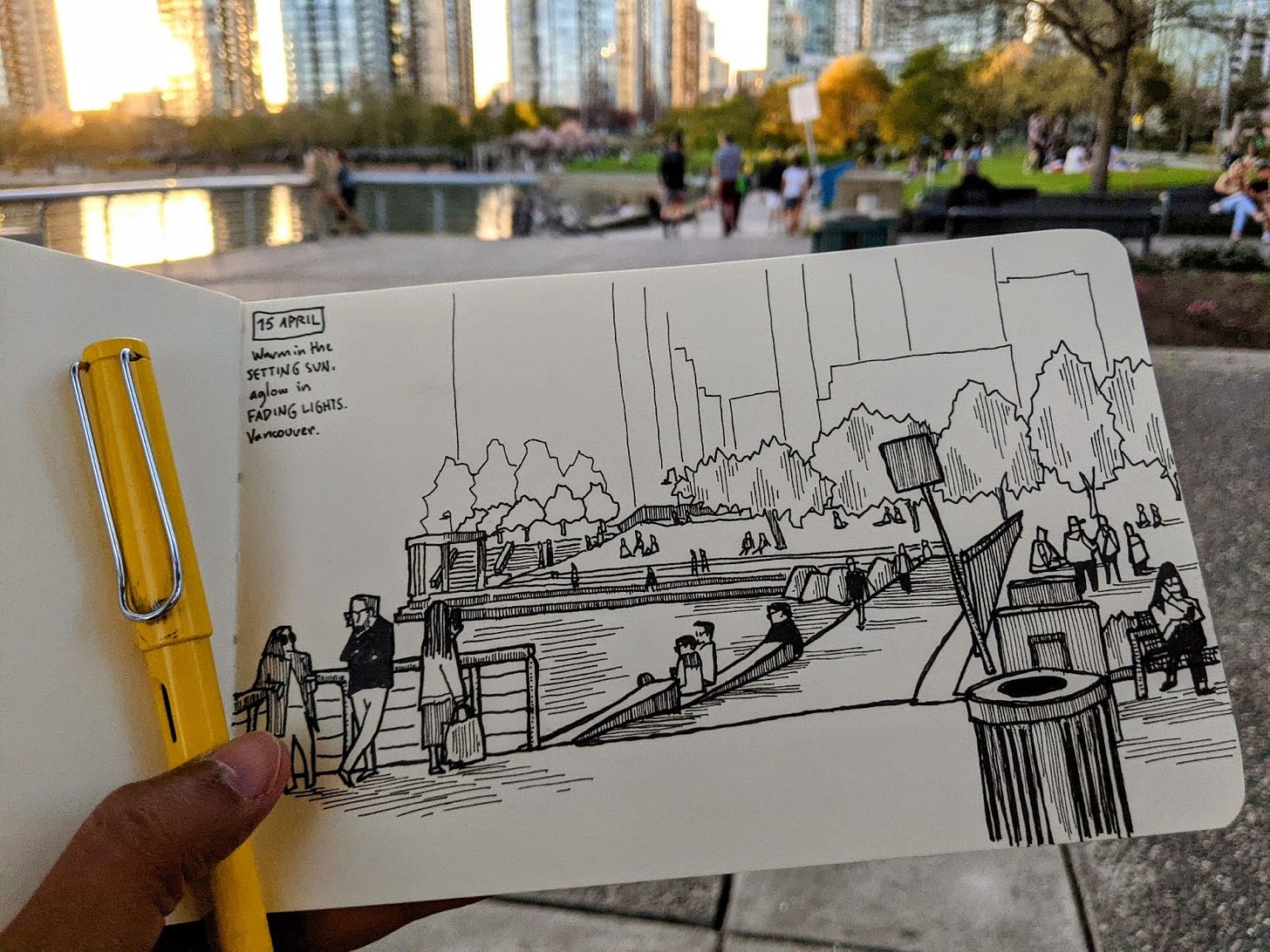
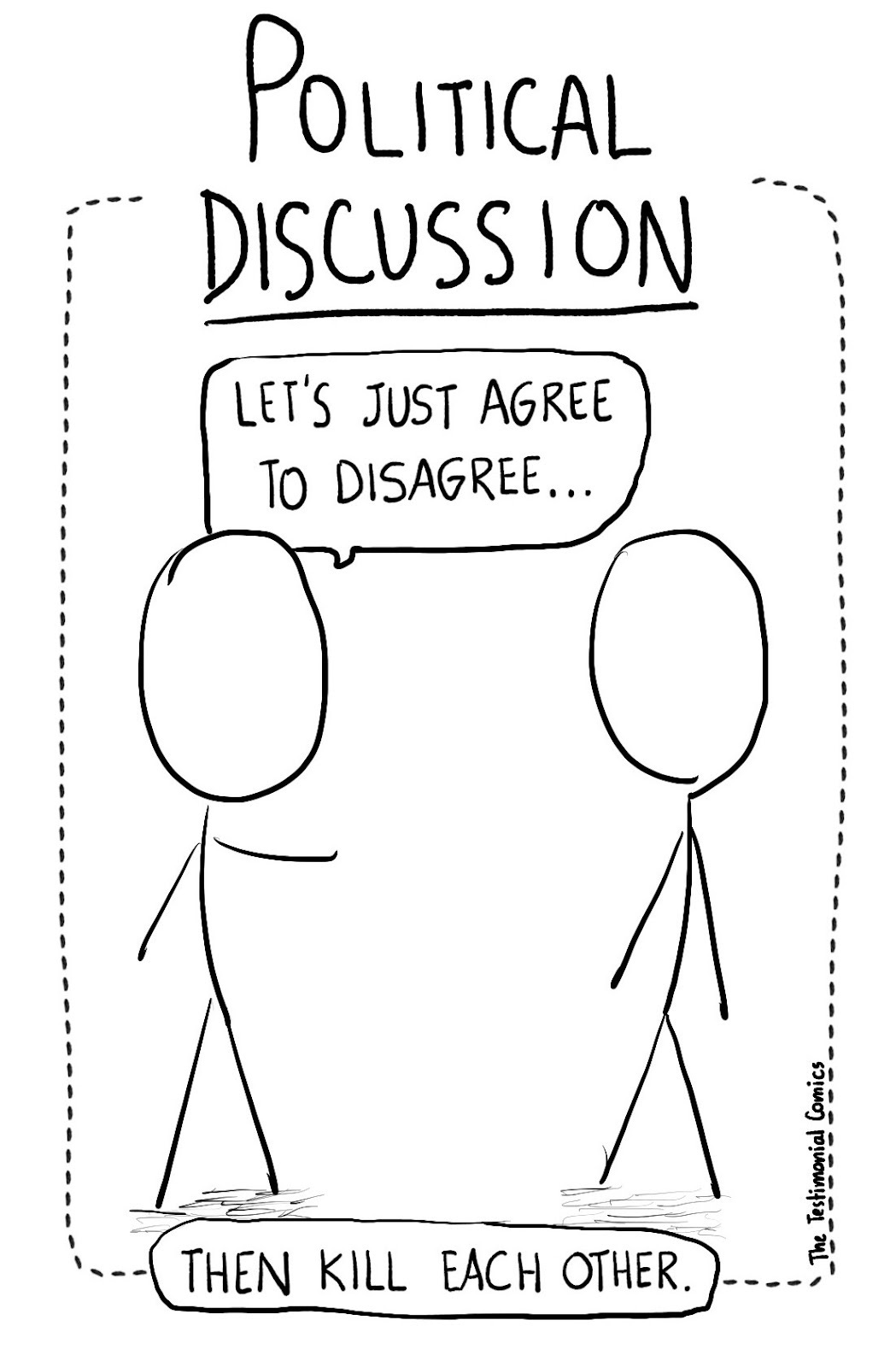
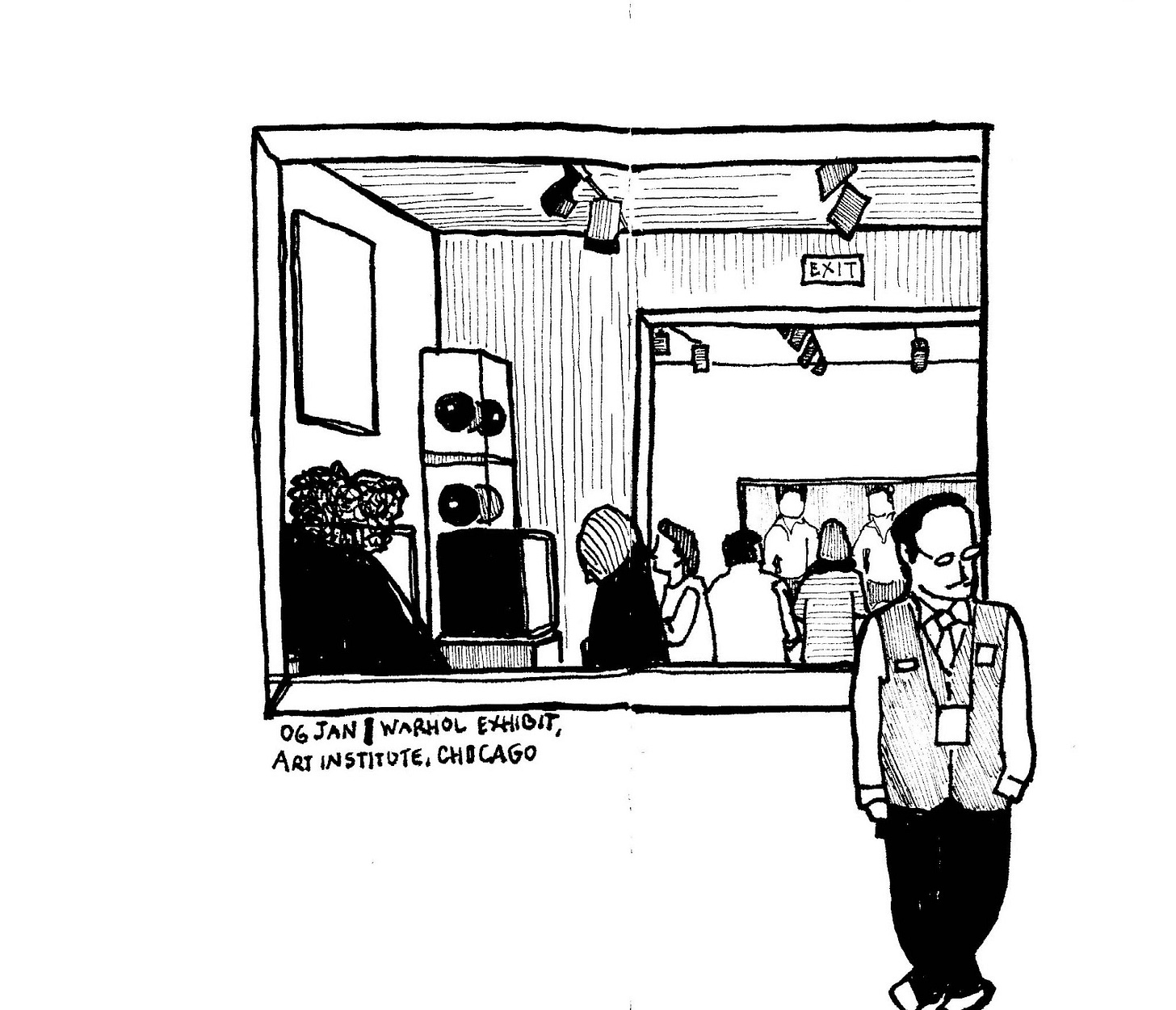
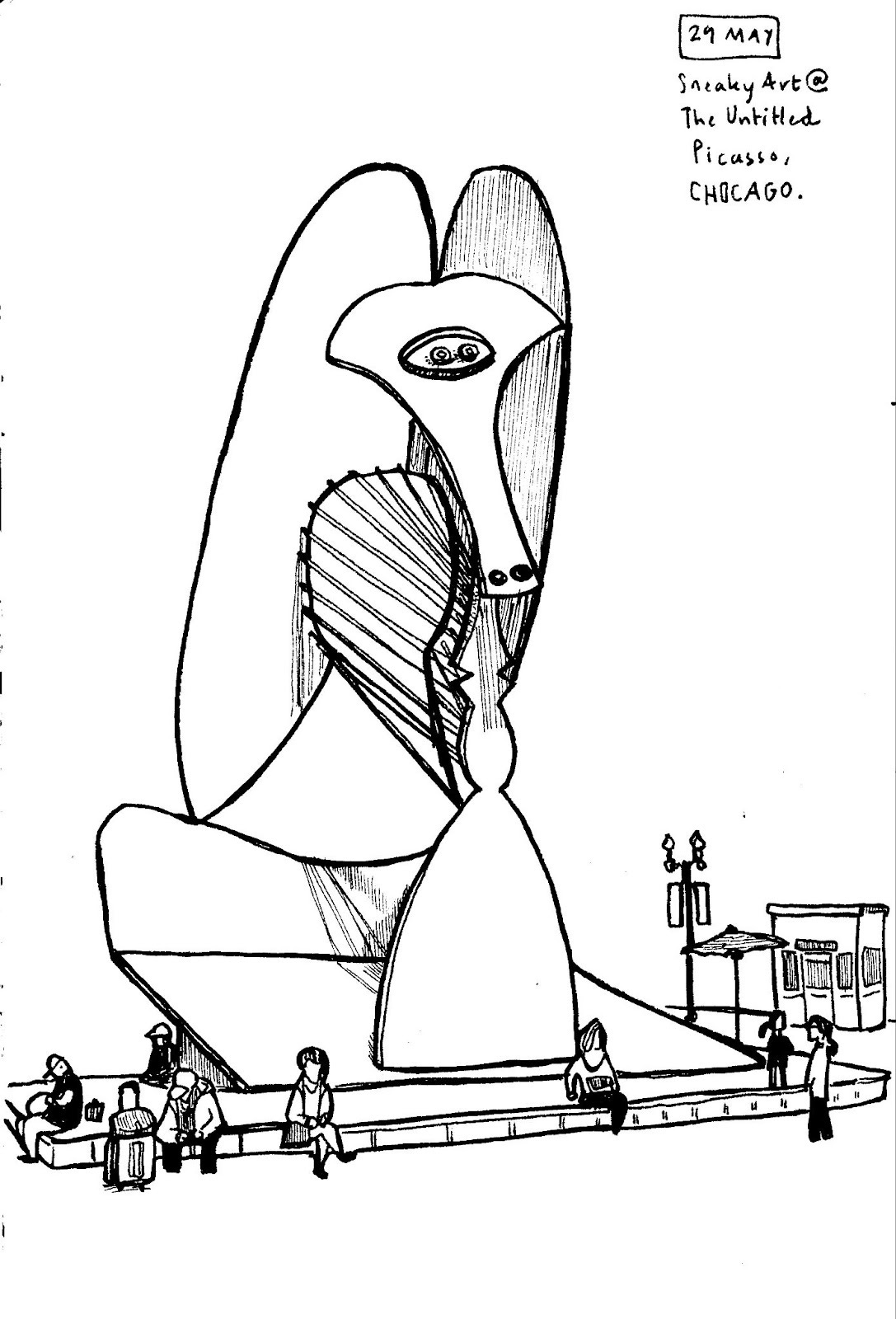

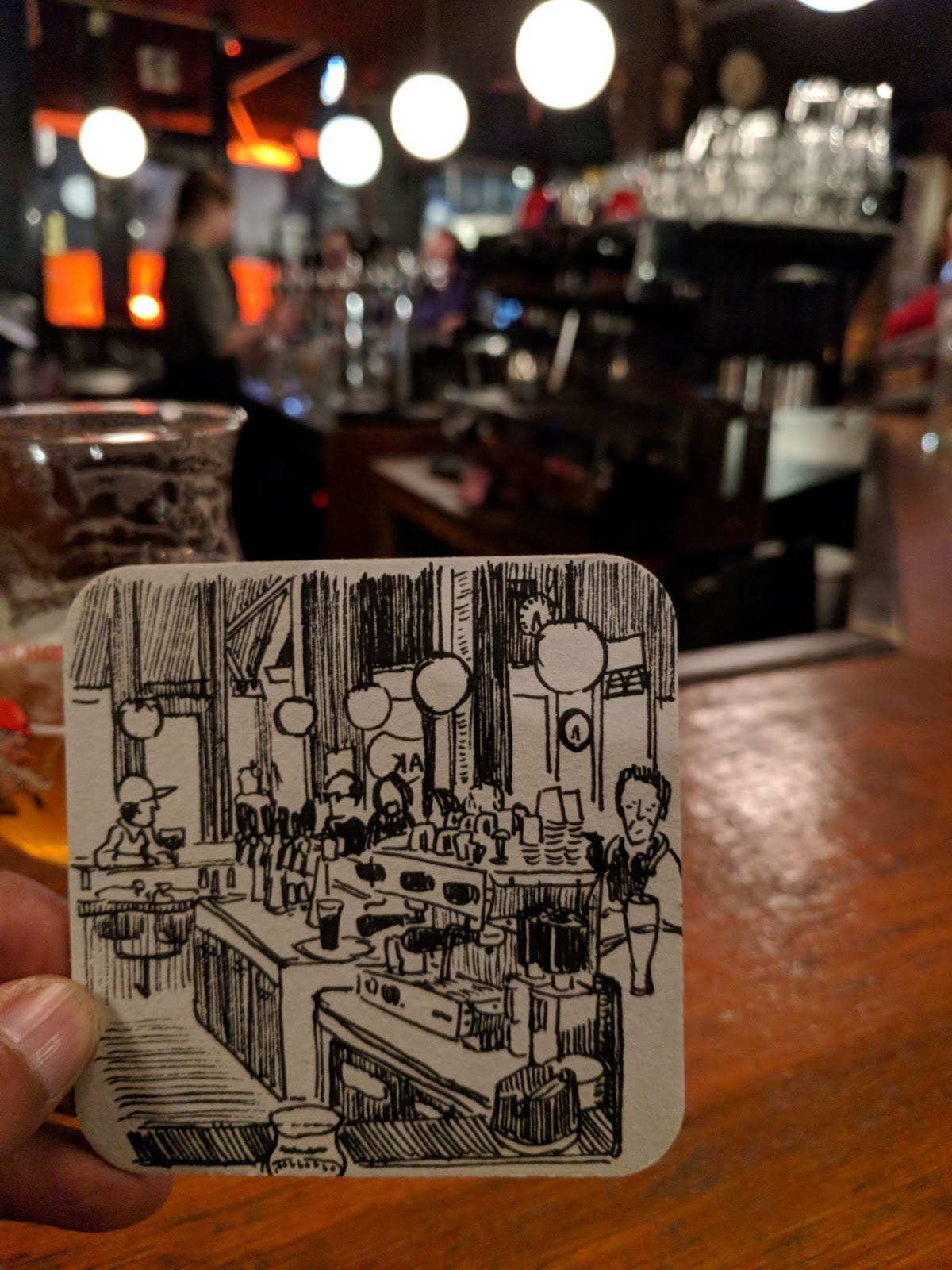


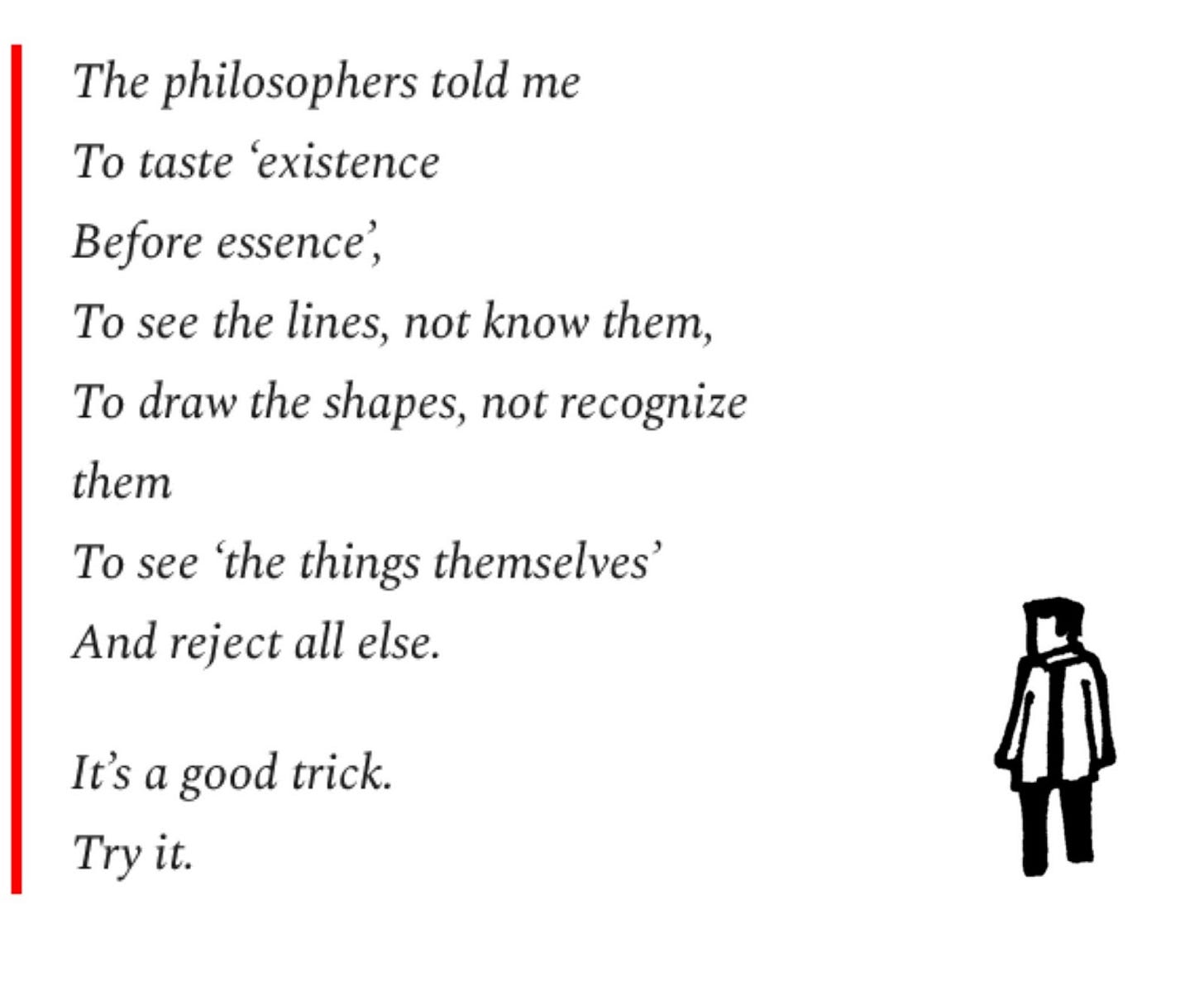
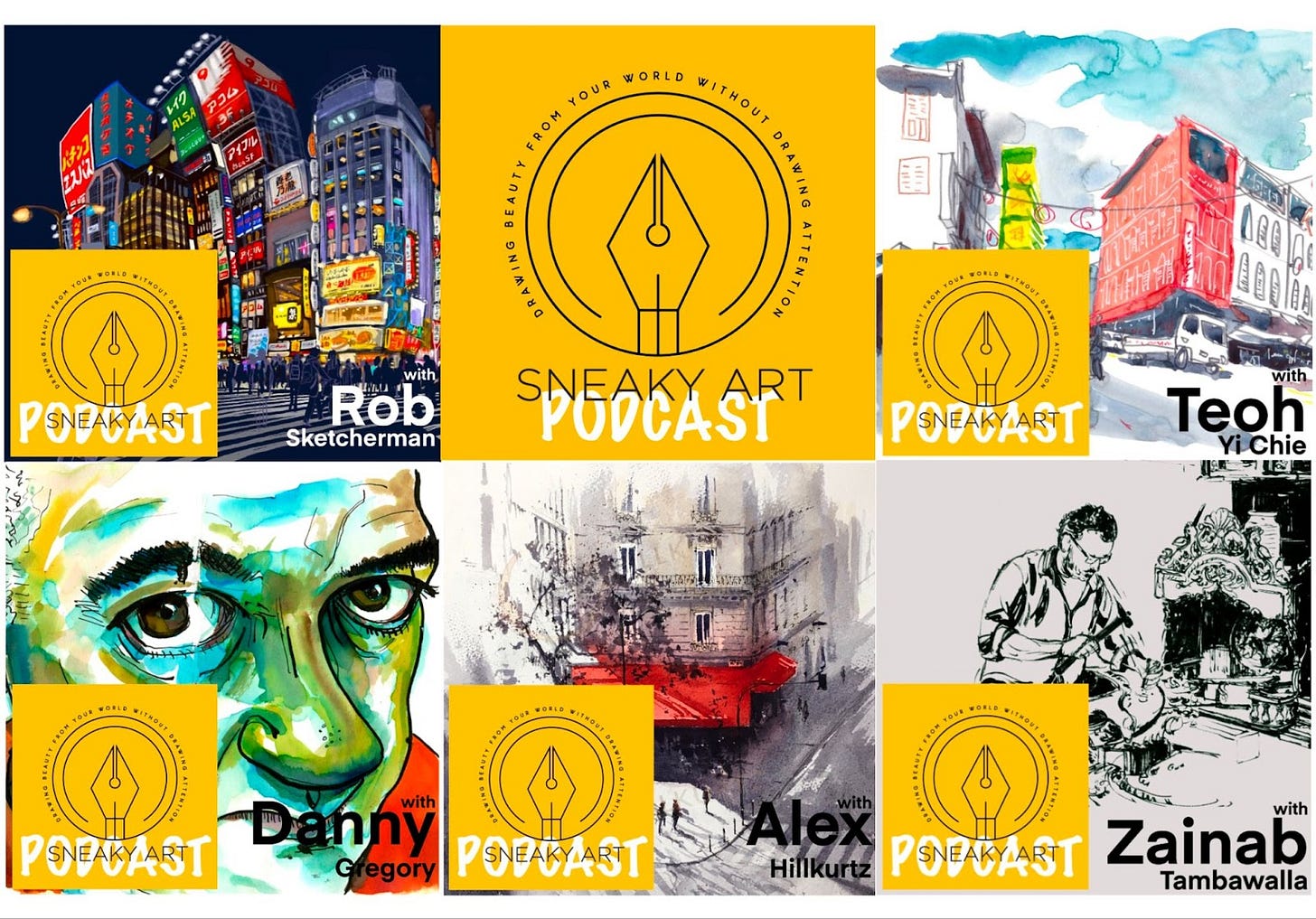
loved the sketches of the things Nishant finds beautiful along with their heartwarming descriptions :)
Great to see Nishant featured here :) Lovely post and artwork!